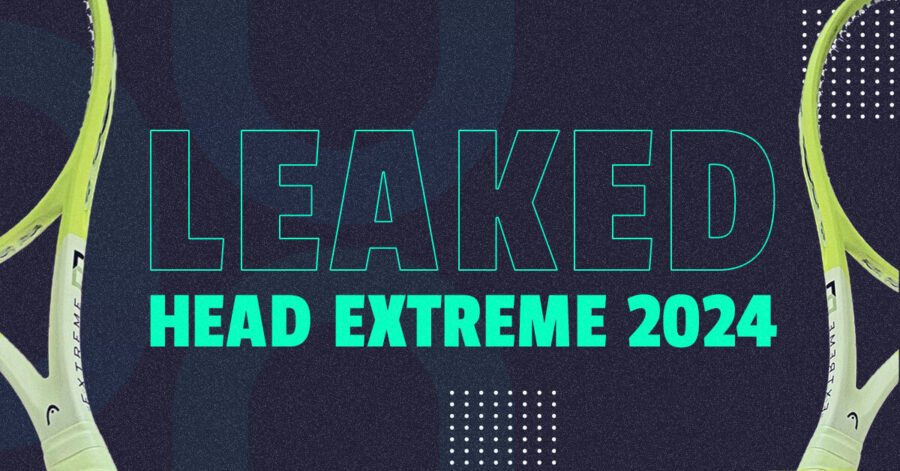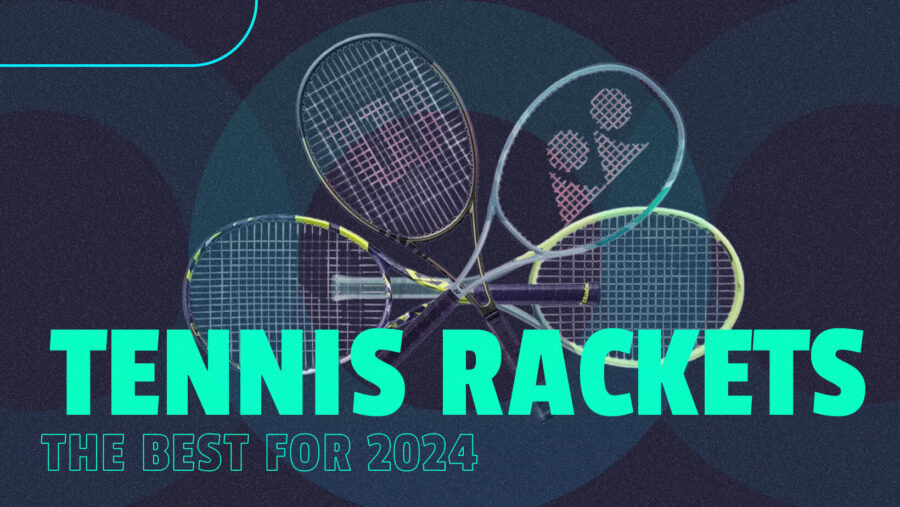An ace is a serve that lands in the service box and is not touched by the opponent before the ball touches the ground for the second time, resulting in a point for the server.
Aces are typically hit with a lot of power or spin, making them difficult for the receiver to return. They are usually served down the middle or out wide to force the receiver to make a difficult return. Aces can be hit on any type of serve, whether it’s a flat serve, a slice serve, or a kick serve.
In order for a serve to be considered an ace, it must meet certain criteria. First, the ball must land in the service box. If it lands outside the box, it is called a fault. Second, the receiver cannot touch the ball with their racquet or body. If they do, it is not considered an ace. Finally, the serve must be legal, meaning it must be hit from behind the baseline and between the singles sidelines.
The most common two ways to score an ace are:
- Flat (less spin) and very fast serves down the middle because the distance to pass your opponent is shorter than going wide.
- From the deuce-side a right-handed player serves wide with a lot of side spin curving the ball from right to left.
Aces are an important part of a player’s game, especially for those who have a big serve. Players like Pete Sampras and Goran Ivanisevic were known for their powerful serves and ability to hit aces. In fact, Sampras holds the record for the most aces in a career with 10,183.
Aces are also important in tiebreakers, where every point counts. If a player can hit an ace on their serve, they can take control of the tiebreaker and put pressure on their opponent. Aces can also be used to save break points, which are points where the receiver has a chance to break the server’s serve.
In summary, an ace is a serve that lands in the service box and is not touched by the receiver, resulting in a point for the server. Aces are an important part of a player’s game, especially for those with a big serve. They can turn the tide of a game or match and put pressure on the opponent.
How to Hit an Ace?
Hitting an ace is a challenging but satisfying experience in tennis. To hit an ace, you need to serve the ball in such a way that your opponent is unable to return it. Here are some tips that can help you hit more aces:
- Develop a powerful serve: The key to hitting an ace is having a powerful serve. To develop a powerful serve, you need to work on your technique, footwork, and upper body strength.
- Aim for the corners: When serving, aim for the corners of the service box. This will give your opponent less time to react and make it harder for them to return the ball.
- Use spin: By adding spin to your serve, you can make it harder for your opponent to return the ball. Topspin can help the ball dip down quickly, while slice can cause it to bounce awkwardly.
- Vary your serves: To keep your opponent guessing, you should vary your serves. Mix up the speed, spin, and placement of your serves to keep your opponent off balance.
What Makes a Good Ace Server?
A good ace server is someone who can consistently hit aces and put pressure on their opponent’s service game. Here are some of the key traits that make a good ace server:
- Power: A good ace server needs to have a powerful serve. This means they need to be able to generate a lot of racket head speed and hit the ball with maximum force.
- Accuracy: A good ace server also needs to be accurate. They should be able to hit their spots consistently and place the ball in the corners of the service box.
- Variety: A good ace server should have a variety of serves in their arsenal. By mixing up their serves, they can keep their opponents off balance and make it harder for them to return the ball.
- Mental toughness: Finally, a good ace server needs to be mentally tough. They should be able to stay focused and confident even when they are under pressure.
Famous Ace Servers in Tennis History
Over the years, there have been many great ace servers in tennis history. Here are just a few of the most famous:
- Goran Ivanisevic: The Croatian left-hander is widely regarded as one of the greatest servers of all time. He hit a total of 10,131 aces during his career, including 212 in a single Wimbledon tournament.
- Pete Sampras: The American legend is another player known for his powerful serve. He hit a total of 7,105 aces during his career and holds the record for the most Wimbledon titles won by a male player.
- Roger Federer: While Federer is known more for his all-around game than his serve, he has still hit an impressive 11,328 aces during his career. His ability to hit aces at key moments has helped him win many matches over the years.
How to Return an Ace?
Returning an ace can be a difficult task in tennis. However, there are some strategies that you can use to improve your chances of returning an ace:
- Anticipate the serve: Try to read your opponent’s serve and anticipate where they will hit the ball. This can help you get into position early and prepare for the shot.
- Stay relaxed: It’s important to stay relaxed and not tense up when you are returning a serve. Tension can affect your timing and make it harder for you to react to the ball.
- Use your footwork: Good footwork is essential when returning a serve. You should be able to move quickly and efficiently to get into position for the shot.
- Focus on placement: When returning an ace, focus on placement rather than power. Try to return the ball deep and to the corners to make it harder for your opponent to hit a winner.
Can You Predict an Ace?
Predicting an ace is not easy, but there are some factors that can increase the likelihood of an ace being hit:
- Server’s skill level: A skilled server is more likely to hit aces than a less skilled one. Players who have a powerful and accurate serve are more likely to hit aces.
- Court surface: The court surface can also play a role in the number of aces hit. Faster courts like grass and indoor hard courts are more conducive to aces than slower courts like clay.
- Opponent’s return ability: A player with a weaker return game is more likely to give up aces than one with a stronger return game.
Ace-related Records and Statistics
Aces are an important statistic in tennis, and there are many records associated with them. Here are some of the most notable records and statistics related to aces:
- Most aces in a career: The record for the most aces in a career is held by Ivo Karlovic, who has hit over 13,000 aces in his career.
- Most aces in a single match: The record for the most aces in a single match is held by John Isner, who hit 113 aces in a match at Wimbledon in 2010.
- Most aces in a season: The record for the most aces in a single season is held by Goran Ivanisevic, who hit 1,477 aces in 1996.
Ace vs. Service Winner: What’s the Difference?
While both an ace and a service winner are good outcomes for a server, they are not the same thing. Here’s the difference between the two:
- Ace: An ace is a serve that is not touched by the receiver and lands in the service box, resulting in a point for the server.
- Service winner: A service winner is a serve that is touched by the receiver but cannot be returned effectively, resulting in a point for the server.
The Psychology of Aces: How Aces Affect Players’ Mindset
Aces can have a psychological impact on both the server and the receiver. Here are some of the ways that aces can affect players’ mindset:
- Server’s confidence: Hitting aces can boost a server’s confidence and make them feel more in control of the match.
- Receiver’s frustration: Being aced can be frustrating for the receiver and make them feel like they are not in control of the match.
- Momentum shift: Aces can shift the momentum of a match and give the server an advantage.
- Pressure: Aces can put pressure on the receiver to hold their own serve and make them feel like they have to work harder to win points.



Comments